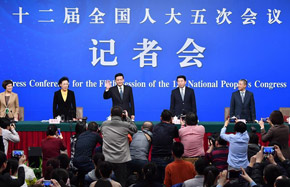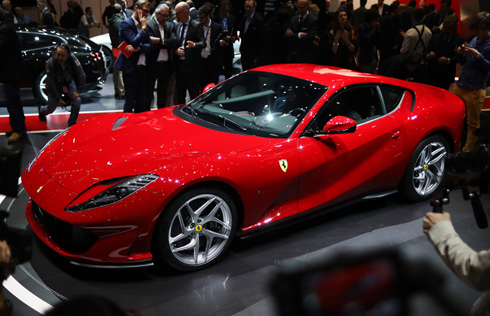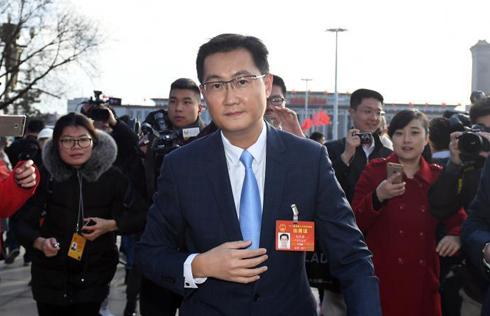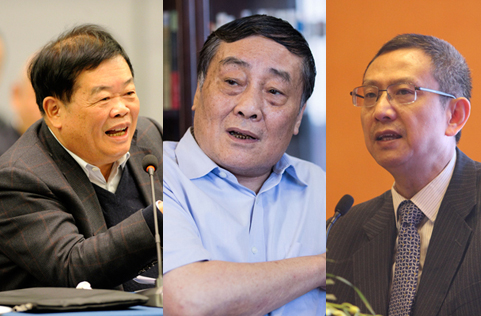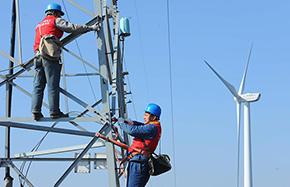On the road to e-mobility
By Li Fangfang (China Daily) Updated: 2013-04-20 07:44The Mercedes-Benz Advanced Design Center in Beijing, in collaboration with designers at JV partner BYD - designed the DENZA concept car as well as the DENZA model showcased at Auto Beijing last year.
"The DENZA design philosophy addresses Chinese taste, where advanced high-tech features are combined in a delicate manner with traditional elements and craftsmanship," said Roehringer.
Daimler and BYD both made an additional investment of 430 million yuan each into BDNT on March 12th. The DENZA will see its world premiere at the Guangzhou Auto Show later this year. Mass production of the car will start within the year, and the first production vehicle is expected to be delivered to customers in mid-2014.
While Daimler plans to integrate the DENZA electric vehicle into its world's line-up, the vehicle is also an important addition to Daimler's fleet in China in terms of reducing overall average levels of fuel consumption and local emissions.
Daimler's strong focus on alternative energy vehicles like the DENZA falls into line well with the Chinese government's supportive policies towards all-electric vehicles.
China, the biggest auto market in the world in terms of both production and sales since 2009, is showing an increasing interest in the development of a new energy vehicle market. In July 2012, the China State Council announced a blueprint for further development of new energy vehicle production, sales and usage in China.
According to the State Council's blueprint, China has set a target of producing and selling 500,000 energy-efficient or alternative-energy vehicles a year by 2015, and 5 million vehicles a year by 2020.
In the past three years, the Chinese government has adopted strong preferential policies towards further encouraging development of new energy vehicles with the aim of alleviating the country's heavy dependence on imported oil, cutting emissions, and speeding up the restructuring of its automobile sector into a more environmentally sustainable model.
Beijing for example, has drafted plans to install 50,000 electric charging stations by 2015 to help combat pollution in the city from the use of traditional combustion engines. This policy is similar to other electric vehicle infrastructure development projects in cities like Shanghai and Tianjin which have encouraged infrastructure growth by instituting pilot problems that have introduced electric taxi fleets and buses to city streets in addition to also building charging stations and poles.
With its expanding middle class, increasing urbanization, open-minded consumers, and a supportive government, China is expecting the market for new energy vehicles to grow substantially in the near future.
In 2012, a total of 12,791 units of new energy vehicles were sold in China, among which 11,375 units were pure electric vehicles, representing an annual growth of 103.9 percent for the pure electric vehicles.
Compared to the total sales of nearly 20 million units for traditional vehicles, the market for new energy vehicle has not yet fully been tapped.
- 200 battery changing stations to be added in the name of air quality
- China's forex reserve decline normal: Central bank governor
- Super cute: When animals meet the beauty filter app
- Roundup: Central bank's news conference
- China-US interest rate gap not big factor on yuan rate: PBOC
- Forex reserves adequate to maintain financial stability: PBOC
- China still backs foreign investment by domestic firms: PBOC
- Mortgage loans projected to record slower growth: PBOC

